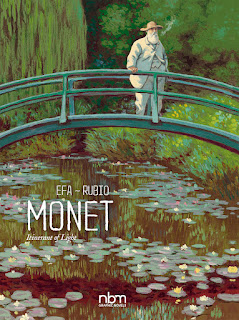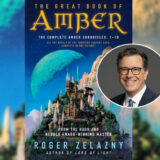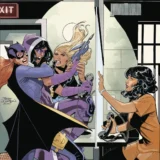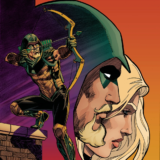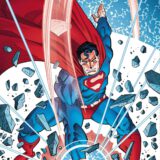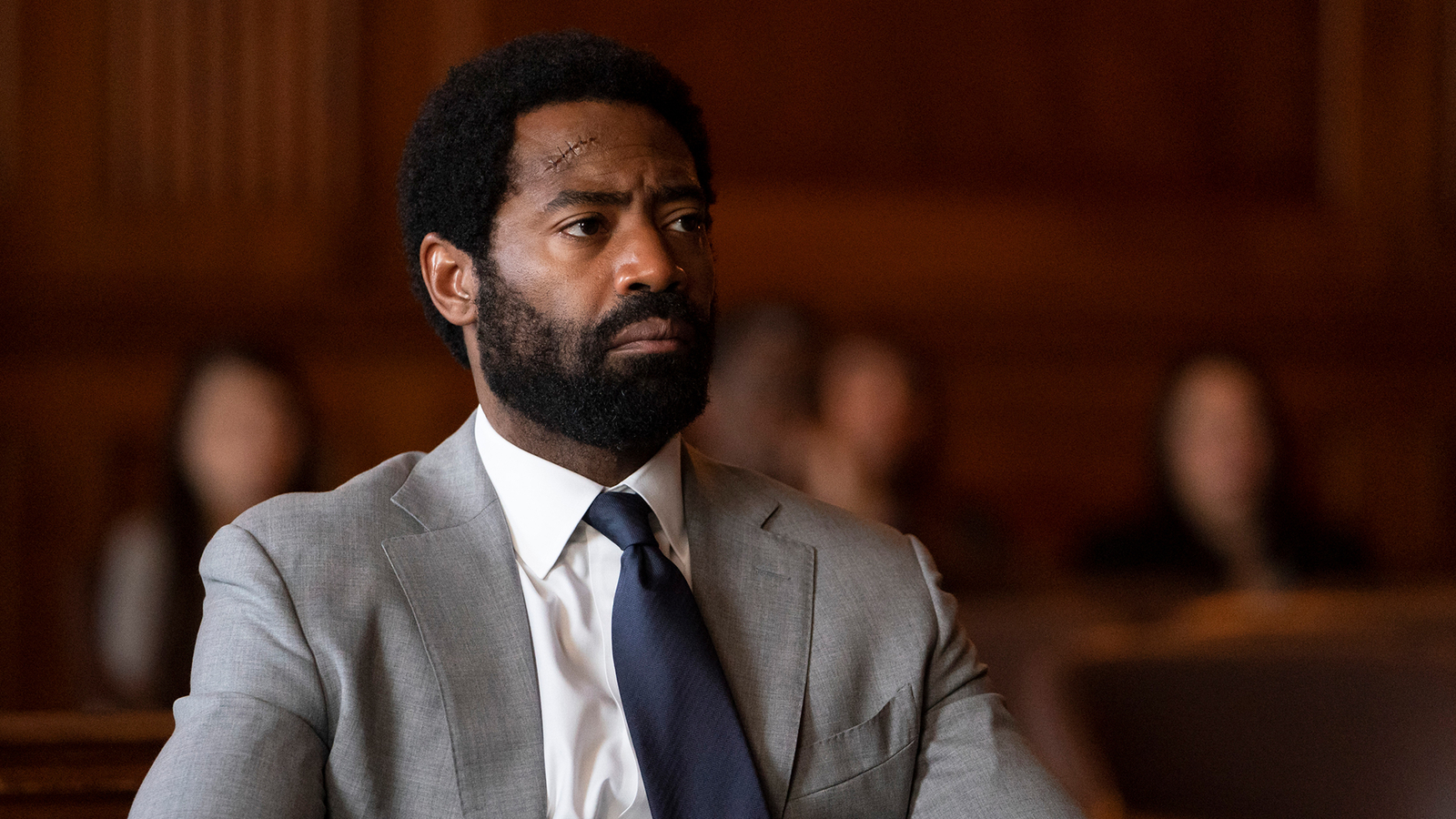A Matter of Life by Jeffrey Brown
Jeffrey Brown is a prolific, interesting cartoonist (and teacher of cartooning), yet another creator that sits in my head in the category “I need to keep up with their work” until I realize the last book of his I read was in 2015 .
I have reasons, or excuses, for that. The most reasonable one is that Brown has been mostly making comics for middle-graders for the past decade-plus – a couple of Star Wars series, Incredible Change-Bots, and their follow-ups – and that I did read a few of those but lost track of them eventually. A lot of cartoonists are mostly making books for middle-schoolers these days: middle-schoolers not only buy books, but actually love them, and there’s a whole ecosystem of school visits and book fairs and whatnot to provide income and marketing opportunities and fan contact for those creators.
I found A Matter of Life randomly recently, and read it quickly. It was published in 2013 and – if I’m reading Brown’s Wikipedia bibliography correctly – was his most recent book actually aimed at an adult audience. So I might not be as far behind as I thought I was.
This is a memoir comic, like a lot of Brown’s work for adults, in the style of Clumsy and the rest of his Aughts work. I’ve read that he does these stories in sketchbooks – I’m not sure if he just works them out there, and then re-draws them “officially,” or if the sketchbook pages are the final work. But Brown’s stories in this mode do come off as less polished – or maybe I mean “processed” – than the usual modern memoir comic, a collection of short chapters about moments or ideas rather than a long single story with a point of view and an overarching message.
Brown’s autobio work is more about exploration than presentation – this book’s subtitle is “An Autobiographical Meditation on Fatherhood and Faith,” which covers the ground solidly – he isn’t presenting a GN that says “here’s this story of my life.” Brown instead has a cluster of thoughts and moments, little stories and bigger ones, that circle around something important and interesting. In this case, it’s thoughts about the relationships of fathers and sons, primarily Brown to his own minister father and to his then-young son.
The faith piece is less explicit – to tell a story about what you believe, you really need to explain those beliefs, by speaking directly to the reader or something similar. But Brown doesn’t work that way, so other than a short intro, this instead is a collection of moments – some when he was younger, and believed in a traditional flavor of Christianity as much as he did believe (however much that was; Brown, again, keeps it vague) and some when he was older and no longer believed. Brown unfortunately does fall back on the usual “It doesn’t mean I don’t believe in something bigger than myself” vague statement that means exactly nothing – I mean, so do I, because Mt. Everest is bigger than I am and I believe in it, but it’s not helpful in defining any specific belief in the supernatural underpinnings of the universe. There’s no one in the world who only thinks things smaller than them exist.
Brown’s style, I think, works best on interpersonal, daily-life questions. His initial fame came from books about his love life, and what works best in this book are the father-son interactions, in both directions. To really get at what his father believed, and how his relationship with his father shifted after he stopped believing, Brown would have needed to work in a different, more explicit style – to define things rather than just show them.
So this is more about fatherhood than faith, and more about realizing that in-betweenness – that you are both a father and a son – and having new appreciation for both roles. That’s plenty for one book, actually, and Brown, as always in this style, tells his story in an organic and grounded way, full of specific moments and thoughts.
Reposted from The Antick Musings of G.B.H. Hornswoggler, Gent.





